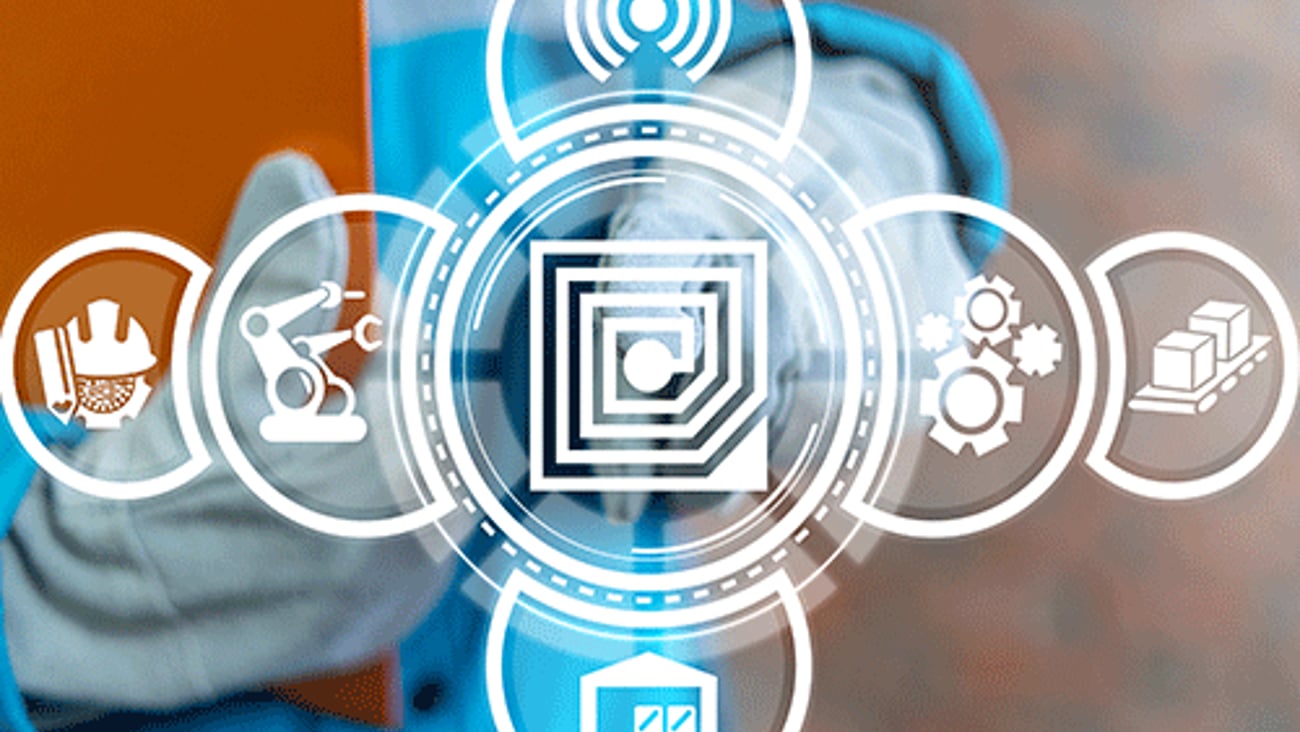Three omnichannel ‘monsters’ to hunt this Halloween
It’s scary season, and threats to your seamless success may lurk in the shadows of your enterprise.
Earlier this year, I penned a column about exorcising “ghosts” from stores with the aid of technology. In the spirit of Halloween, now I’m offering a column on three omnichannel “monsters” that stand in the way of seamless retail operations the way a troll guards a bridge in a fairy tale.
Invisible customers
Being able to correctly and sequentially identify your customers at any point of contact is vital to delivering the personalized, seamless experience they expect. Being able to recognize a shopper, regardless of whether they patronize your store, website, mobile app or social media page, is not enough.
Retailers also must have an accurate chronology of when a customer has visited via different channels. This enables a store associate to offer a shopper a personalized discount based on an item they recently browsed online, for example.
Otherwise, retailers may find themselves plagued by the dreaded invisible customer – a shopper they cannot adequately provide highly personalized, real-time service across all channels. At a minimum, ridding the enterprise of invisible customers requires investing in omnichannel behavioral tracking and CRM software. Cutting-edge solutions include computer vision and biometric recognition technologies.
Frankenstein back ends
While many retailers appear to offer a seamless customer experience on the front end, their back-end enterprise platforms may not support omnichannel operations. These “Frankenstein monsters” consist of bolted together systems that individually support critical enterprise functions such as inventory management and pricing for the brick-and-mortar, online, and mobile channels.
These solutions are often implemented in silos that inhibit effective communication or information-sharing. Installation of disparate applications at a variety of times from numerous vendors frequently exacerbates the problems posed by Frankenstein back ends.
Retailers can send Frankenstein’s monsters back to the lab with several strategies. These include “vanilla” implementations that primarily leverage solutions from a single enterprise vendor, migrating enterprise applications to easily integrated cloud services, and leveraging the expertise of managed IT services providers to break down silos and bring disparate enterprise systems together.
Mummified mobile experiences
Mobile is a unique channel that provides customers a wholly separate user interface from what they experience on a laptop or PC. It is also becoming the primary means of digital access for a rapidly growing segment of customers (especially sought-after millennial and Gen Z shoppers).
Yet many retailers still simply take their existing web experience and shrink it down for a mobile device screen. This results in frustration and difficulty for mobile shoppers who must contend with blurred and distorted graphics, hard-to-read text, inconvenient pull-down menus, and navigation that is not optimized for scrolling or swiping.
To avoid these mummified experiences that date back to the dawn of m-commerce (c. 2010), retailers need to ensure their mobile apps and sites are specifically tailored for mobile devices. Whether retailers pursue a mobile-first development strategy, where digital experiences are initially designed for mobile devices and then optimized for the web; develop entirely separate native mobile apps and sites; or opt for responsive sites that automatically adjust to the device of the user, they can banish mobile mummies back to the same tombs where flip phones are laid to rest.







